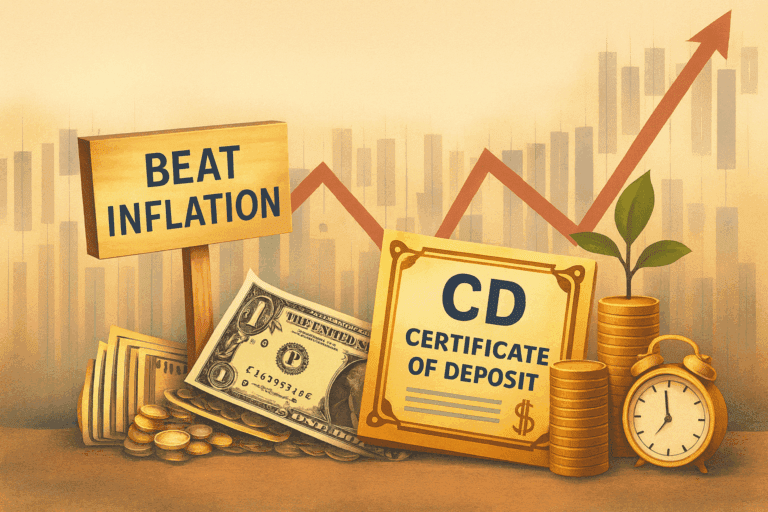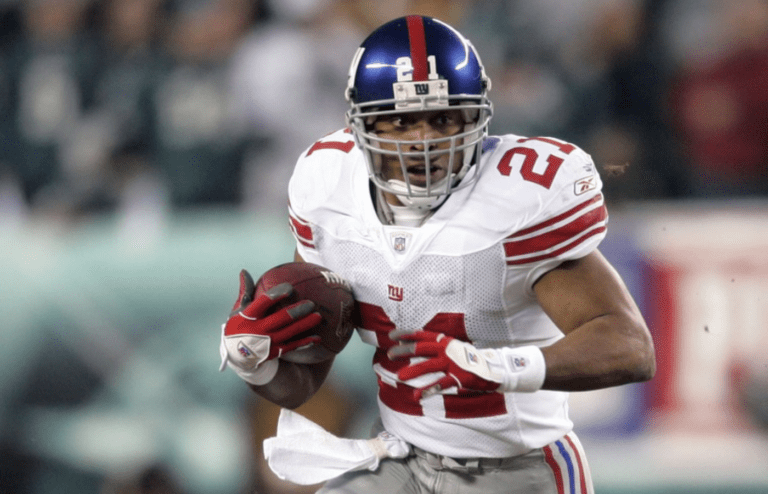Recent inflation readings have shown the Federal Reserve that it can finally back off its high interest rates and give the economy a hard-earned break from tight financial policy. However, inflation still looks pretty bad to many average Americans. What gives?
The Fed’s Preferred Inflation Gauge
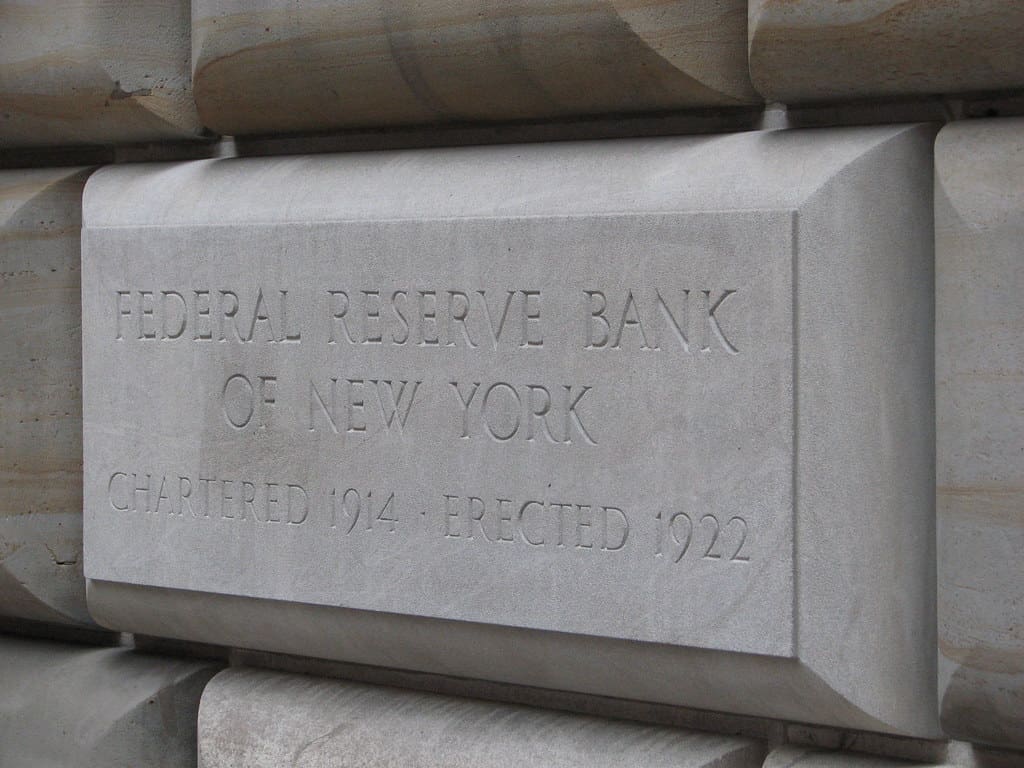
The Federal Reserve prefers to look at the Personal Consumption Expenditures index, also known as the PCE. The notable thing about this index is what it excludes. Due to their volatility, the PCE excludes gas and groceries, making it a very particular birds-eye view of the economy.
Why Use that Index?
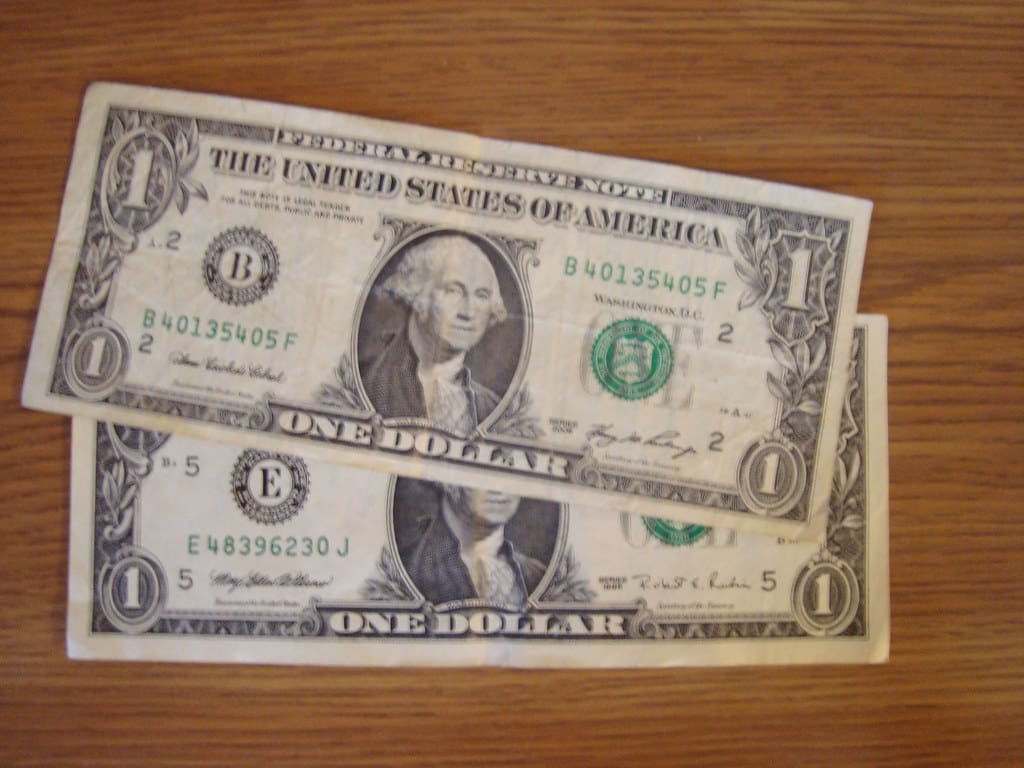
The Fed prefers the PCE because it’s much more stable than general inflation. Energy prices are notoriously wild, easily springing up due to factors beyond the scope of the central bank. For instance, gas prices are largely set by OPEC, a Middle Eastern oil cartel that doesn’t really pay attention to America’s financial policies.
Is This Helpful?
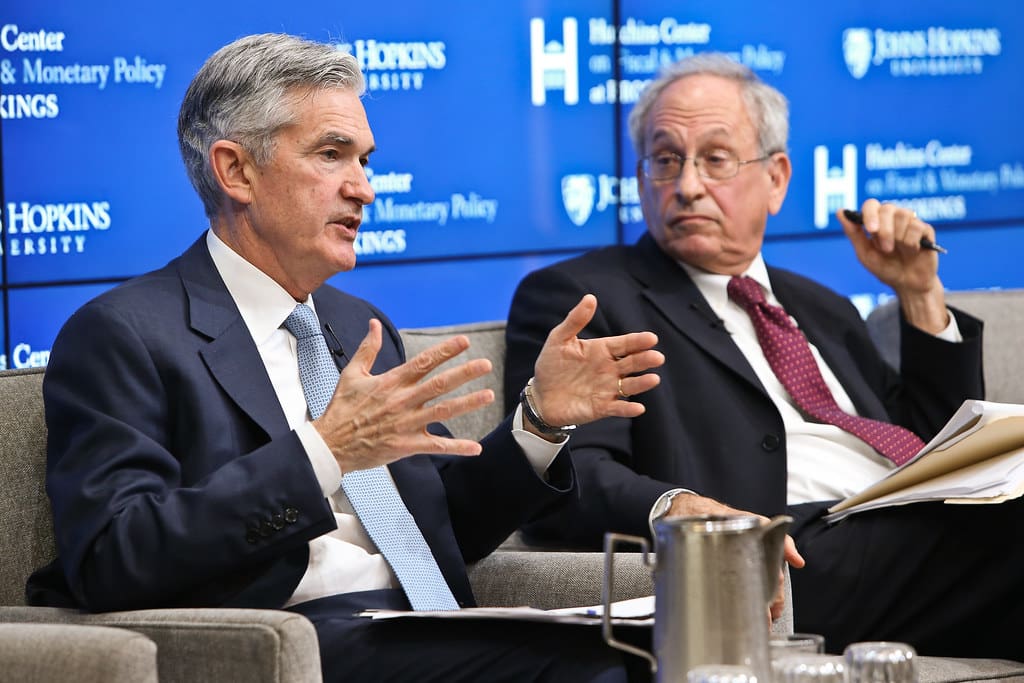
The PCE shows the Fed how its financial policies impact the US economy and helps them make meaningful rules and regulations without being led off-track by food and energy prices. But the average American doesn’t have the same decision: their paycheck gets chewed up by energy and food costs irrespective of the Fed’s choice of inflation index.
Frustration with Inflation
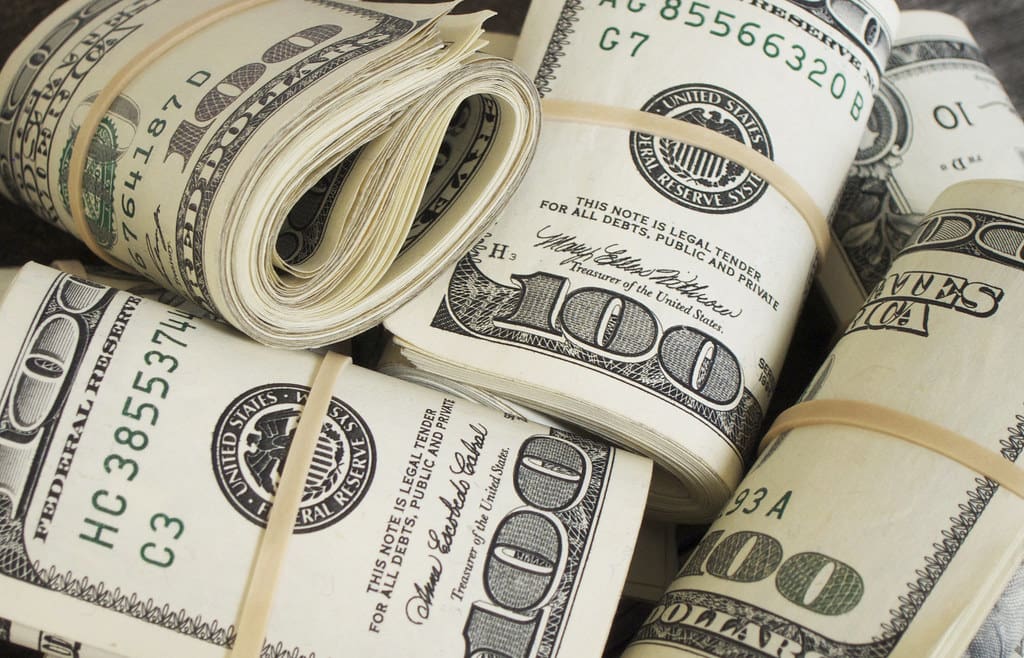
So, the PCE shows that inflation is finally falling back toward the goal of 2% annual increases. But Americans are still struggling with high prices at the gas pump and absurd totals for groceries. Their frustration might be coming to an end soon, though. The Fed plans to address the slowing economy by cutting interest rates soon, which could help kickstart more employment opportunities and even raises for workers.
Interest Rates Finally Falling
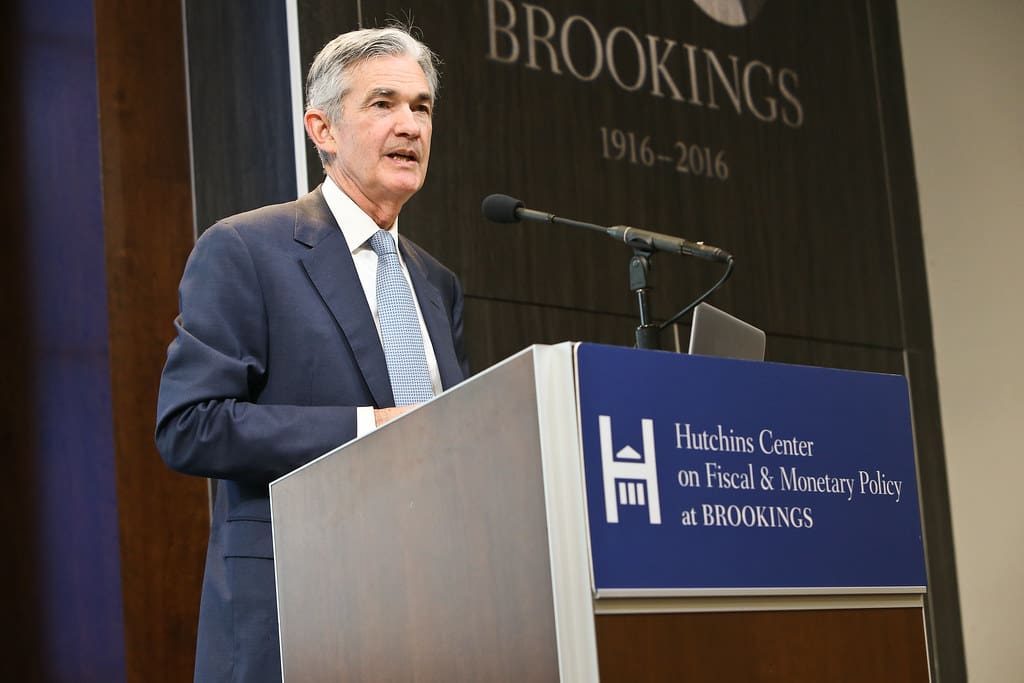
Jerome Powell spoke at Jackson Hole recently and confirmed that it’s time for “policy to change.” Economist Ben Ayers recently wrote “[…] the further cooling of inflation could give the Fed leeway to be more aggressive with rate declines at coming meetings, especially if the labor market shows a steep deterioration.”
Labor Market Concerns
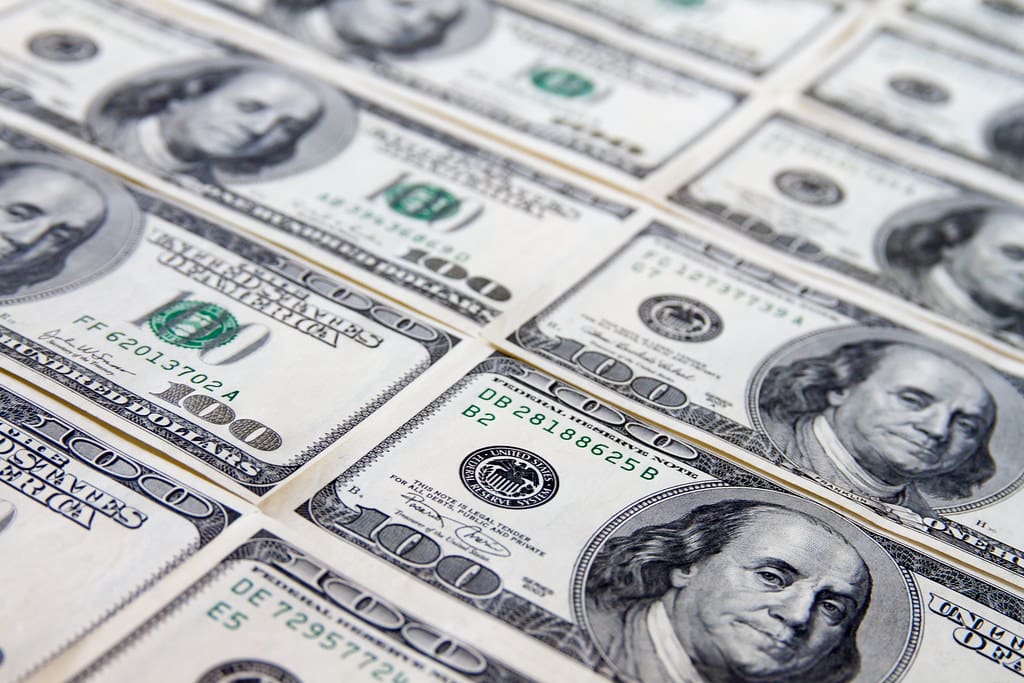
Since the Fed has kept interest rates historically high for years now to address inflation, businesses have had to slow their rate of expansion. This means less hiring, fewer raises, and a tougher economy for workers. While high interest rates can address core inflation, they can also trigger employment issues in the US economy.
Interest Rates Could Miss Energy or Food

What’s more, those high interest rates don’t just slow down businesses. Consumers face higher credit card interest rates, higher mortgage rates, and other increased borrowing costs the same way that businesses do. What’s more, those higher borrowing costs might not move the needle for energy and food prices. This is a perfect storm for consumers.
Relief on the Way

Thankfully, the Fed’s decision to likely reduce interest rates in September will likely alleviate some of these problems. After all, those volatile costs like food and energy aren’t going to move as a result of Fed policy anyway, so decisions that help heat the economy back up can be quite helpful for consumers.
Read More: Is a Recession Still Likely?
Not Just Smooth Sailing
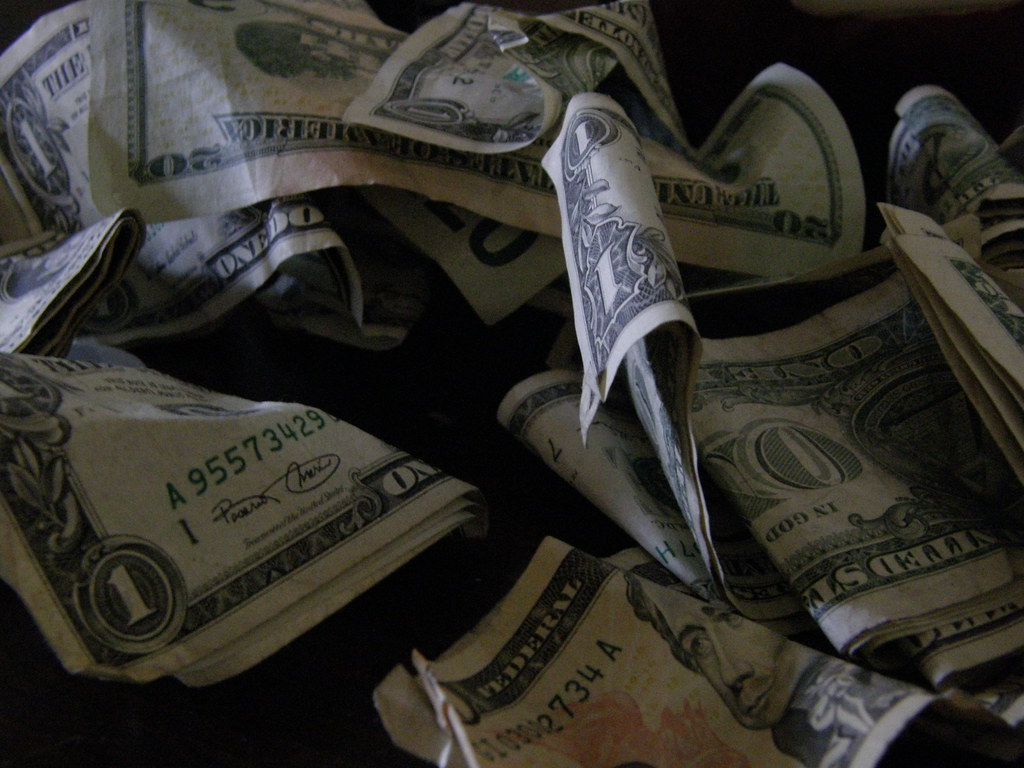
It’s not going to be all easy coasting from here on out for the economy, though. As interest rates fall, inflation isn’t guaranteed to stay this low. Balancing employment against potential runaway inflation is a difficult task for the Fed, and it’ll be interesting to see if they can thread the needle and finally get the economy back into a stable state.
Read More: Are Companies to Blame for Inflation?
Is the Fed Out of Touch?
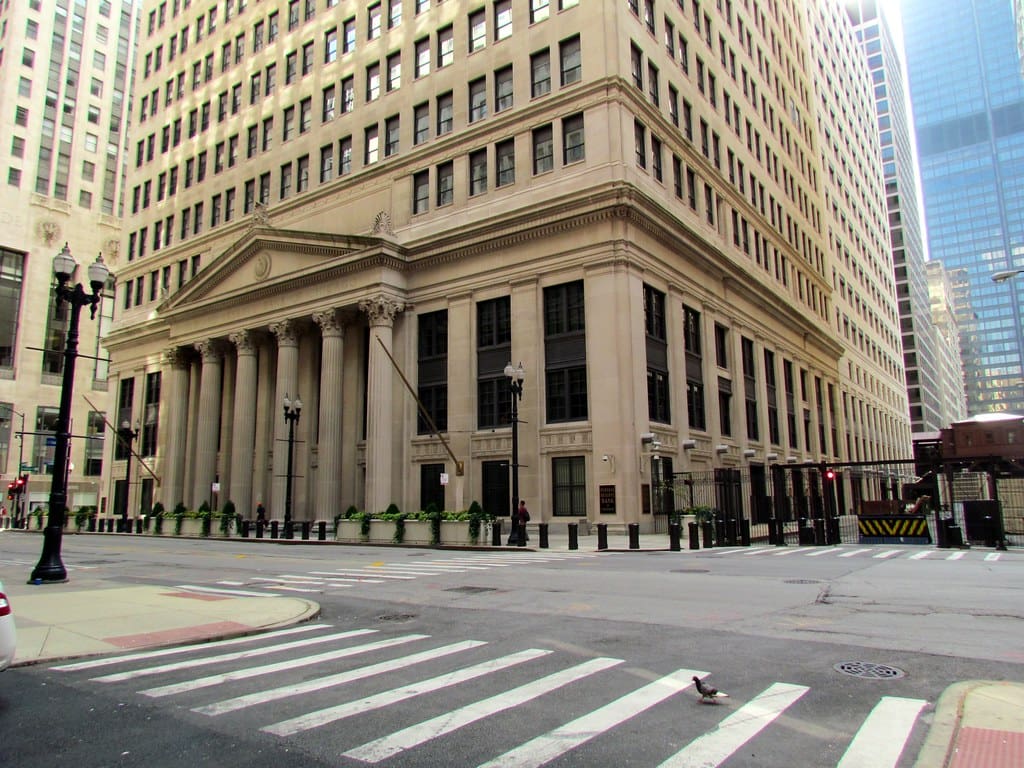
So, does the use of the PCE index mean that the Fed is out of touch with the needs of the average American? The reality is that there are no perfect indicators of the economy’s performance, and the central bank is doing its best to address a very complicated issue with inflation and unemployment. Hopefully things will get better before much longer.
Read More: Inflation Would Look Better if Everyone Drove EVs



